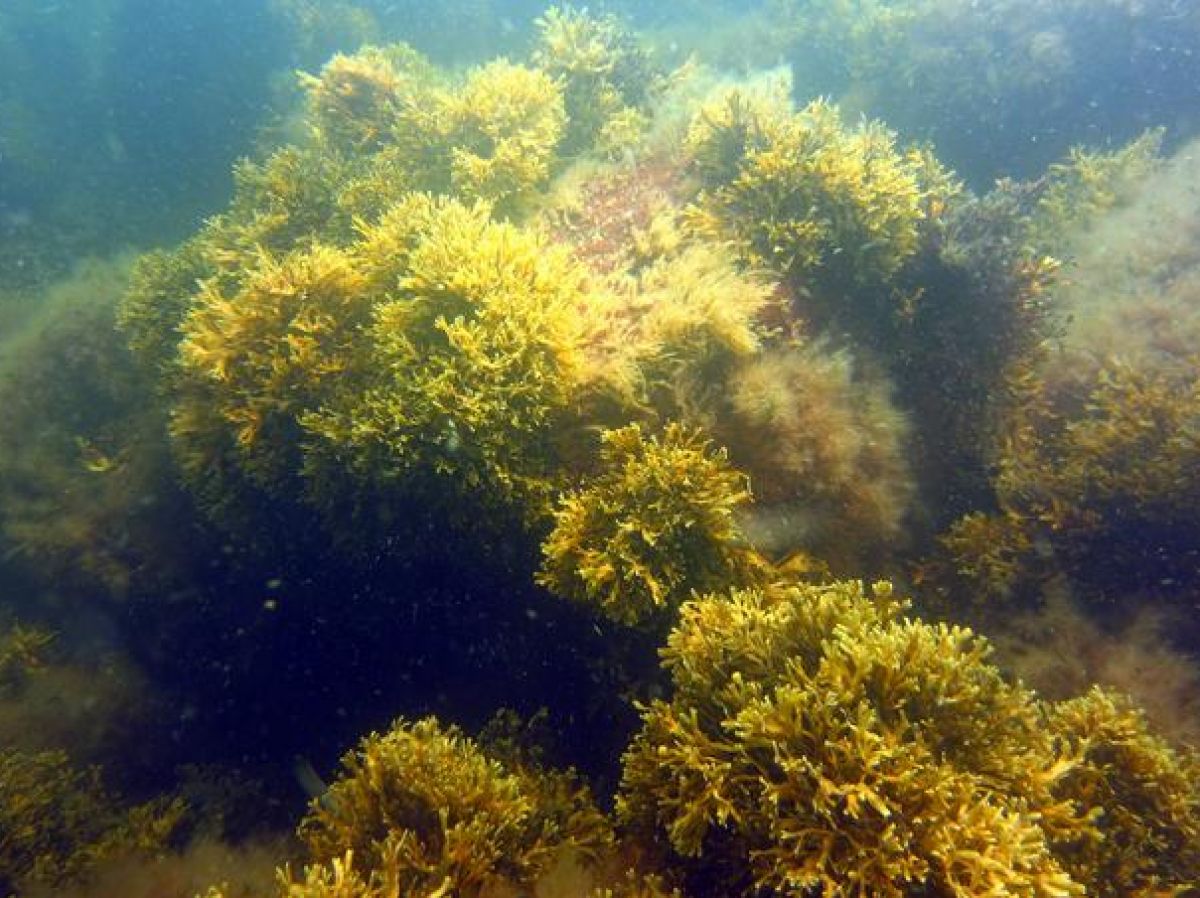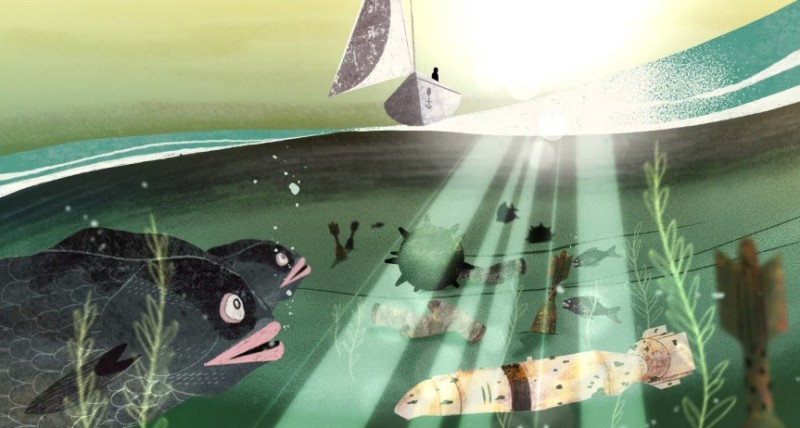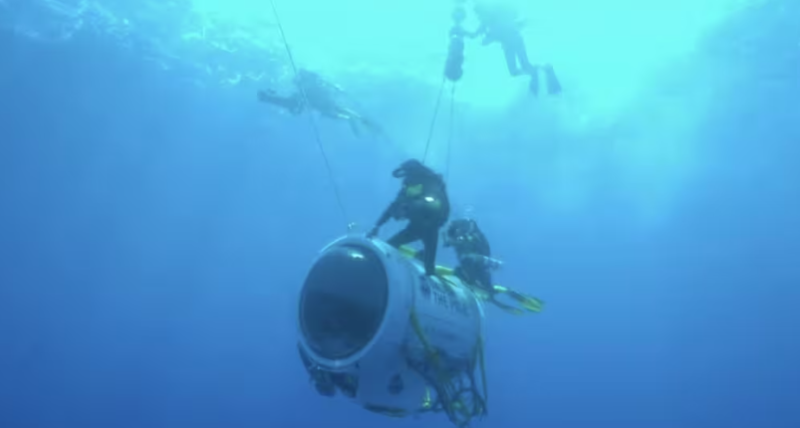In the Baltic Sea, a female foot of Fucus vesiculosus has cloned itself and then spread through the brackish waters. The researchers behind this discovery believe its extent may set a record.
In the brackish waters of the Baltic Sea, specifically in the Gulf of Bothnia bordering Sweden, researchers have been studying a species of algae called Fucus radicans since 2005. However, DNA sequencing conducted by the University of Gothenburg led to an unexpected result. This algae, smaller than the more well-known Fucus vesiculosus, turned out to be a clone of the latter. The organism is so vast that it could be the largest clone ever recorded, across all species.
The clone formed new populations by dispersing fragments from the original specimen, a female. Fucus vesiculosus has both male and female « feet, » and its reproduction is usually sexual. In this case, however, fragments of the same individual dispersed with the currents and developed. Today, the clone stretches over 500 km, according to a study published on February 17, 2025, in the journal Molecular Ecology.
A Record… for Now
Does this organism hold the record for the largest clone in the world? « There are not yet many plant or algae clones studied, but some large clones described today include a massive clone of quaking aspens in Utah, USA, which contains 47,000 distinct trees and stretches over 1 x 0.7 km of land. There are also large clones of Posidonia oceanica seagrass meadows described in the Mediterranean, spanning up to 15 km, as well as a large clone of Zostera marina seagrass in the Baltic Sea that covers about a kilometer in width, » lists biologist Kerstin Johannesson, co-author of the study, in an interview with Sciences et Avenir. A clone of Posidonia australis off the coast of Western Australia also forms an extensive network of underwater meadows, stretching about 180 km almost continuously.
« However, the Baltic algae clone is spread over 500 km and may include hundreds of millions of individuals. Of course, the exact number hasn’t been counted, but in some areas, it occupies 80 to 100% of all individuals in a local zone of several kilometers, » says the Swedish researcher.
It is possible that on land, where some plant species spread through parthenogenetic seeds and therefore clones, a similarly large organism could be found. However, an extensive DNA analysis would be required to confirm this. « Perhaps in the future, someone will find a larger clone. But to my knowledge, this is the largest found to date, » notes Kerstin Johannesson. « And I also think this record is hard to beat. »
An Uncertain Future
While this is a remarkable scientific discovery, researchers are concerned about its future, as the Baltic Sea is particularly affected by climate change due to the relative isolation of its waters. A clone has reduced genetic flexibility to confront environmental changes.
« A clone is almost entirely devoid of the genetic variation that otherwise allows individuals in a population to manage changes and ensure the species’ survival, » explains Kerstin Johannesson in a statement. In the Baltic Sea, Fucus vesiculosus provides shelter and food for fish and vertebrates.
Source: sciencesetavenir




